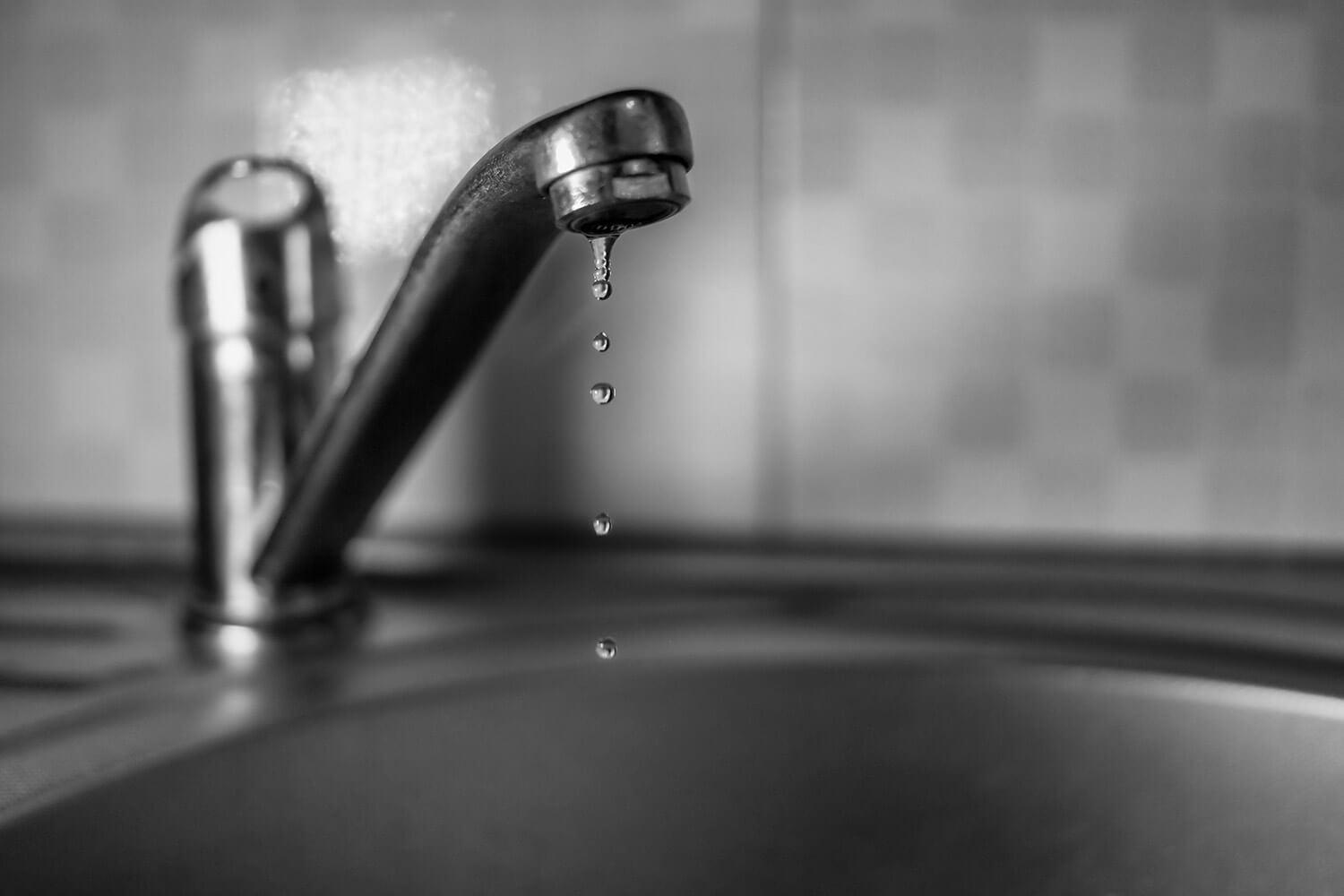The Six Most Common Sources of Water Leaks in Your Home: How to Identify and Address Them
The Six Most Common Sources of Water Leaks in Your Home: How to Identify and Address Them
Blog Article
Just how do you really feel on the subject of How Fast Water Damage Can Ruin Your Home?

Leaks not just trigger waste of water however can also create unnecessary damage to your home and advertise unwanted natural development. By looking and also comprehending for everyday situations that create leaks, you can protect your house from future leaks and also unnecessary damages.
Immediate temperature adjustments.
Extreme temperature level modifications in our pipes can trigger them to expand and also acquire all of a sudden. This growth and also tightening might trigger cracks in the pipelines, especially if the temperature level are below freezing. If you maintained an eye on how your plumbing functions, it would certainly be best. The visibility of the previously stated situations regularly indicates a high threat.
Corroded water supply
As time passes by, your plumbing system ages as well as deterioration such as rust may begin gnawing the pipelines. This might be the root cause of staining or bending on your water pipes. This requires an examination with your plumber right away. Take into consideration changing the pipes considering that they are at a higher danger of deterioration than the more recent models if our plumbing system is old.
Defective Pipe Joints
Pipe joints can deteriorate over time, resulting in water leaks. If you have loud pipelines that make ticking or banging sounds, particularly when the warm water is turned on, your pipe joints are probably under a lot of pressure.
Encroaching roots
Most water leaks begin outside your house as opposed to inside it. If you observe an abrupt reduction in water stress, claim in your tap, take time to head out and also analyze your lawn. You may discover damp spots or sinkholes in your lawn, and that might suggest that tree origins are getting into water lines creating water to seep out. You can have your plumber check for intrusion, specifically if you have trees or bushes near your building.
Poor Water Connectors
At times, a leak can be brought on by loose hoses and also pipes that provide your home appliances. Typically, moving is what creates the loose water Links. You may find when it comes to a washing equipment, a hose pipe might spring a leak as a result of trembling throughout the spin cycle. In case of a water connections leakage, you may see water running directly from the supply line or pools around your appliances.
Obstructed Drains
Clogged drains pipes might be aggravating and inconveniencing, yet they can sometimes wind up creating an overflow resulting in break pipes. Keep getting rid of any materials that might drop your drains that might obstruct them to avoid such troubles.
All the above are causes of leakages however not all water leakages arise from plumbing leaks; some leaks may originate from roof leaks. All leakages need to be repaired quickly to avoid water damage.
Leaks not only trigger waste of water yet can also trigger unneeded damages to your home and promote undesirable natural development. By recognizing and looking for day-to-day scenarios that cause leaks, you can safeguard your house from future leaks and also unnecessary damage. Today, we will look at six leak triggers that may be creating your pipelines to trickle.
At times, a leakage can be created by loosened hoses and pipelines that supply your appliances. In case of a water connections leak, you may notice water running directly from the supply line or puddles around your appliances.
How To Check For Water Leak In Your Home
How To Check for Leaks
The average household's leaks can account for nearly 10,000 gallons of water wasted every year and ten percent of homes have leaks that waste 90 gallons or more per day. Common types of leaks found in the home are worn toilet flappers, dripping faucets, and other leaking valves. These types of leaks are often easy to fix, requiring only a few tools and hardware that can pay for themselves in water savings. Fixing easily corrected household water leaks can save homeowners about 10 percent on their water bills.
To check for leaks in your home, you first need to determine whether you're wasting water and then identify the source of the leak. Here are some tips for finding leaks:
Take a look at your water usage during a colder month, such as January or February. If a family of four exceeds 12,000 gallons per month, there are serious leaks.
Check your water meter before and after a two-hour period when no water is being used. If the meter changes at all, you probably have a leak.
Identify toilet leaks by placing a drop of food coloring in the toilet tank. If any color shows up in the bowl after 10 minutes, you have a leak. (Be sure to flush immediately after the experiment to avoid staining the tank.)
Examine faucet gaskets and pipe fittings for any water on the outside of the pipe to check for surface leaks.
Undetected water leaks can happen without the home or business owner even realizing. If you suspect a water leak, but not able to find the source. It is time to contact a professional water leak detection service, The Leak Doctor.
How To Find a Water Leak In Your Home
https://www.leakdoctor.com/blog/How-To-Check-For-Water-Leak-In-Your-Home_AE197.html

We had been guided to that article on How Fast Water Damage Can Ruin Your Home through an acquaintance on a different blog. Sharing is nice. Helping others is fun. Thank you for going through it.
About Report this page